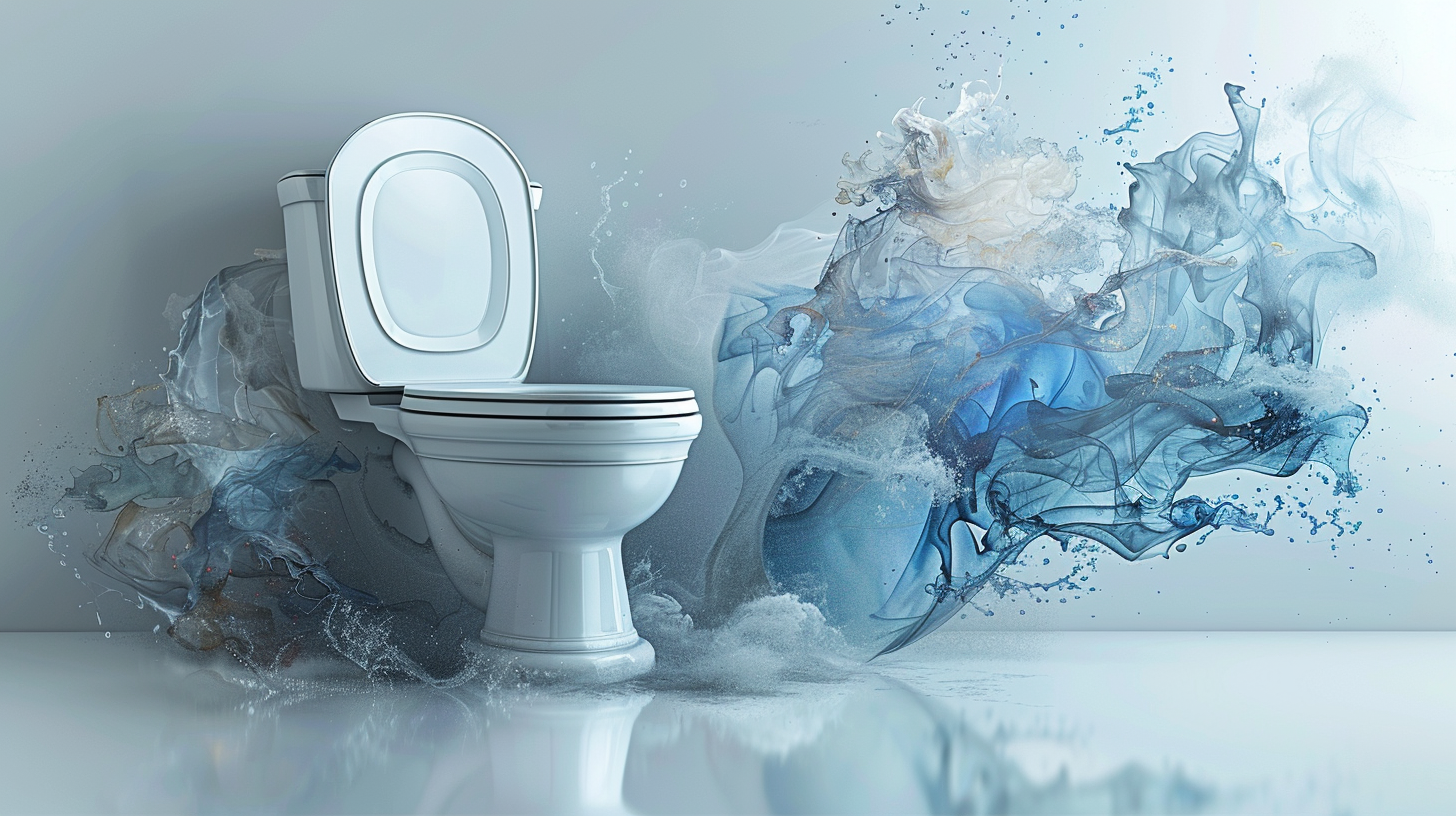Key Points
• Why Toilets Bubble: When your toilet bubbles, it’s likely due to something blocking the vent pipe or sewer line. This blockage messes with airflow and shifts pressure in the pipes, leading to bubbles when the system is trying to balance itself out.
• Fixing It Yourself: If you’ve got a bubbling toilet, you might be able to take care of it with a plunger or a plumber’s snake. These tools can often get rid of small clogs. But if the problem keeps happening or it’s a big issue, you’ll need to call in a pro to have a look and fix it.
• Avoiding Trouble: You can sidestep bubbling problems by not flushing stuff that doesn’t belong in the toilet and checking your plumbing vents now and then for any problems.
Contents
- 1 Key Points
- 2 Understanding Why Toilets Bubble
- 3 How Your Toilet Bubbling is Connected to the Rest of Your Pipes
- 4 Basics of Home Plumbing Systems
- 5 Understanding Septic Systems
- 6 The Connection Between Septic Systems and Toilet Bubbling
- 7 Finding the Cause of Toilet Bubbles
- 8 Troubleshooting Steps for Bubbling Toilets
- 9 Fixing Bubbles in Your Plumbing
- 10 When to Call a Professional
- 11 Easy Toilet Upkeep to Stop Bubbles
- 12 Top Tips for Keeping Your Septic System in Shape
- 13 Ways to Maintain Your Toilet Long-Term
Understanding Why Toilets Bubble

Finding out why your toilet is bubbling means knowing the main reasons it happens. These often involve:
- Blocked vent pipes – these pipes help keep the air pressure even in your plumbing, and when they’re clogged, you might have bad drainage and bubbling.
- Drain line blockages – if something is partly or fully blocking the water flow, air can get pushed back through the pipe, and this creates bubbles.
- Main sewer line problems – issues here can mess with more than one fixture in your home, not only the toilet.
- Septic system issues – if your house uses a septic tank, a bubbling toilet might mean it’s time for some maintenance or fixing the tank.
Any of these can throw off the balance in your plumbing system. Spotting and dealing with these issues quickly can stop them from getting worse and save your home from damage.
If you’re looking at your home upkeep, a toilet that bubbles can be puzzling and worrying. But this isn’t just happening for no reason; it’s tied to how the whole plumbing in your house works. Getting how these parts fit together is important for figuring out and fixing what’s really causing the trouble.
How Your Toilet Bubbling is Connected to the Rest of Your Pipes
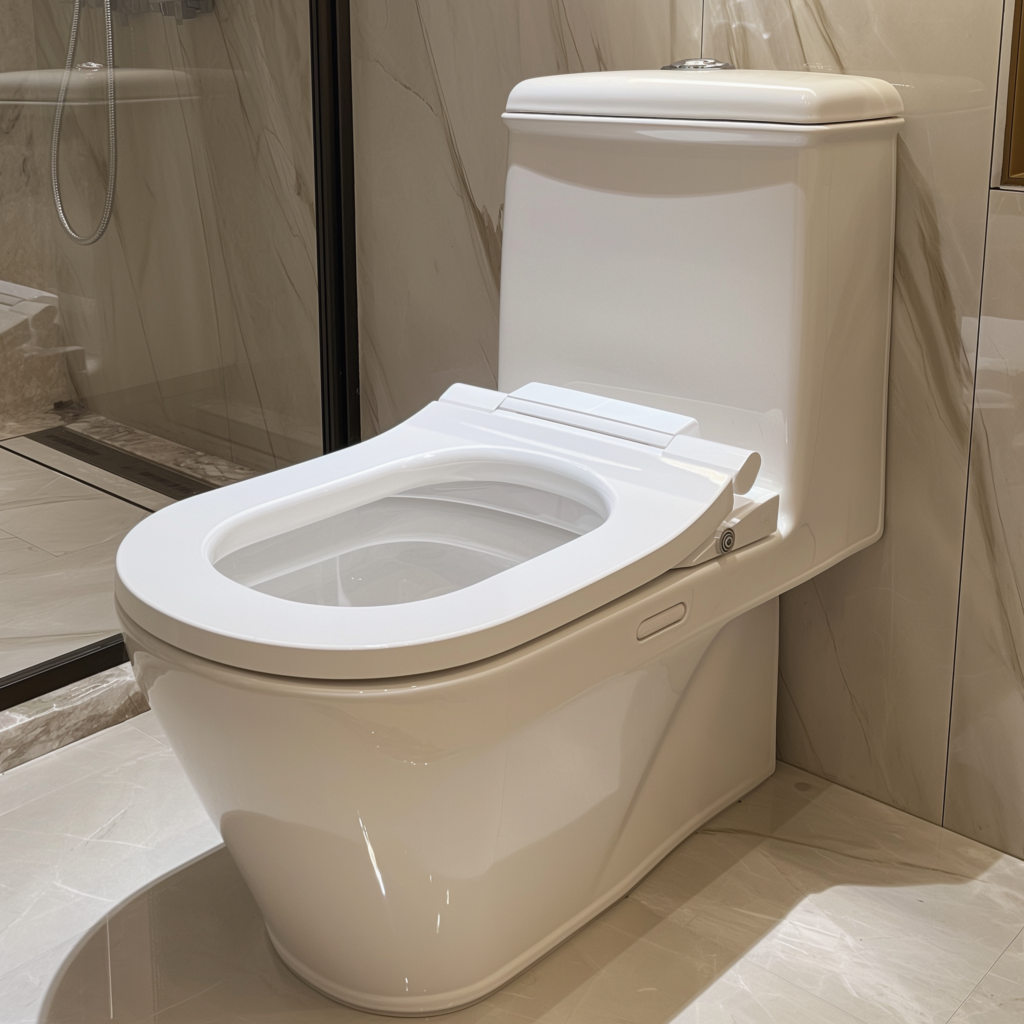
Plumbing can be finicky and often responds poorly to various troubles—one being bubbling toilets. This happens when air is stuck or forced back up through your toilet, signaling a clog or an issue with the vents in your plumbing system.
Every sink, tub, and toilet is equipped with a U-shaped trap that keeps water inside and blocks sewer smells from getting into your place. Those traps link up with special air pipes meant to keep the pressure even throughout your water system. When this delicate setup gets knocked out of whack, you might notice your toilet water making a bubbling show.
Basics of Home Plumbing Systems

Let’s start with the basics of home plumbing. There are two main parts: one for bringing in clean water, and another for getting rid of dirty water. The clean water part works under pressure to make sure water can move up and reach all the places you need it, like your sink or shower.
On the other hand, the dirty water part relies on gravity to help trash water flow down and out through a main sewer line. Each part where water comes out has a special trap to stop bad smells, and vents that keep air moving so everything flows smoothly.
How Toilet Bubbling Reflects Underlying Plumbing Issues
Bubbles in your toilet usually mean there’s a problem hiding in your pipes. When air can’t go through a vent pipe like it should—because of some blockage—it messes up the pressure and makes bubbles in your toilet, even though that might seem unrelated.
Or, if there’s something stuck in the main sewer line, air might push back up into your system and cause those bubbles as well. Basically, if you see bubbling, it’s time to check your plumbing. You might even need to call an expert to take a good look and fix whatever’s wrong.
Understanding Septic Systems
Septic systems are like mini sewage treatment setups often found in places without access to central sewer networks. They handle and get rid of the water used in homes on-site. A normal septic system consists of two parts: a tank and a drainfield, which is another term for a soil absorption area.
In the septic tank, solids are split from the liquids. Organic stuff breaks down in this tank without oxygen. After that, the cleaned water shifts to the drainfield. Here, it trickles into the ground and undergoes further natural cleaning processes.
The Connection Between Septic Systems and Toilet Bubbling
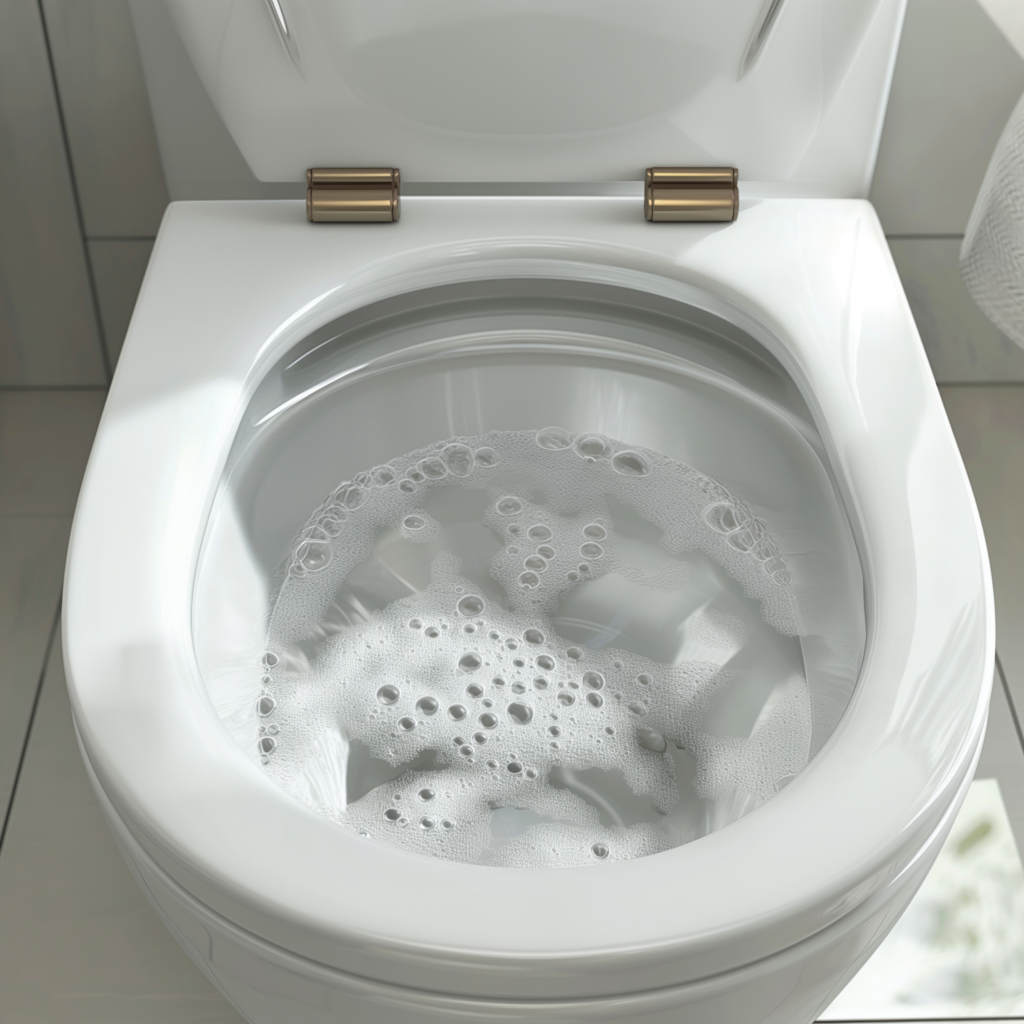
If your toilet starts bubbling, it’s often a sign there’s a problem with your septic system. These bubbles come from air pockets being pushed back through the pipes to your toilet because the pressure in the system has changed.
There are several reasons why this pressure could shift, but typically it means something’s wrong—like a blockage in your system. This clog could be in the pipes going to your septic tank, inside the tank, or out in the drainfield.
Finding the Cause of Toilet Bubbles
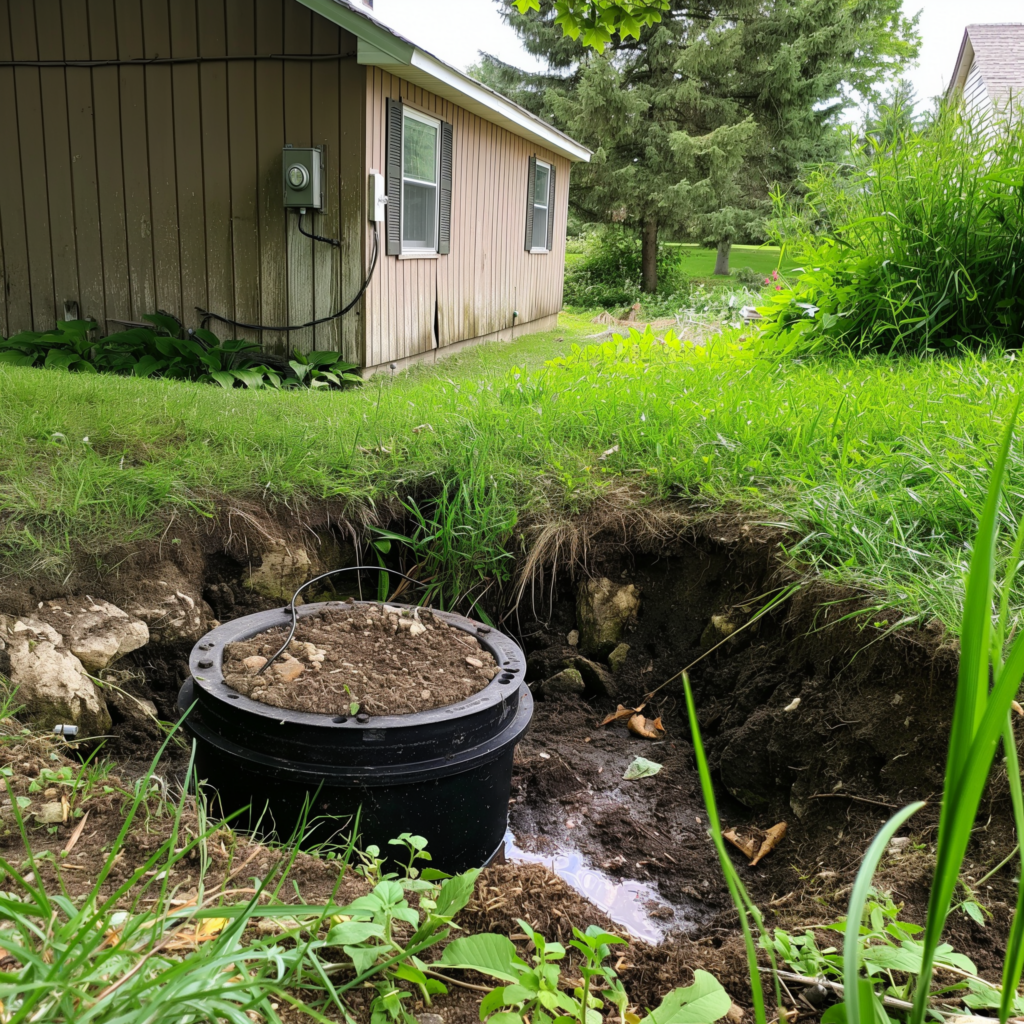
When your toilet starts to bubble, it could be a clue that something is wrong with your septic system. Look out for other warnings, like bad smells near your septic tank or drainfield. Other red flags are slow-moving drains in your house, water gathered over the drainfield, or grass above the drainfield that looks too green and feels mushy.
This might mean that wastewater, which should stay underground, is coming up to the surface. Also, think about how long it’s been since someone cleaned out your septic tank – staying on top of this can stop problems before they start.
Troubleshooting Steps for Bubbling Toilets

When your toilet starts to bubble, it’s time to figure out why. Usually, this means air is being pushed into the bowl because something might be blocking the vent pipe or sewer line. It’s best to start with easy fixes before tackling more complicated issues.
1. Check for Visible Clogs
First off, take a look inside your toilet for any clear blockages. A good plunge often does the trick to get rid of simple clogs that could be causing the bubbles.
2. Evaluate Drainage
Then, check out sinks and tubs to see if they’re taking longer to drain. If they are, this might mean there’s a bigger problem with your plumbing that’s affecting your toilet too.
3. Listen for Gurgling
Keep an ear out for any weird gurgling noises from your fixtures. This could be a sign that your vent stack is having troubles, which keeps the sewage gases from getting out and forces them up through your toilet instead.
4. Inspect the Vent Stack
If you can safely do it, take a look at the vent stack on top of your roof. Make sure there’s nothing like leaves or animal nests blocking it, as this could mess with air flow and lead to toilet bubbles.
Fixing Bubbles in Your Plumbing
After finding out why your pipes are bubbling, you can usually fix them pretty easily on your own.
1. Give It a Good Plunge
If you need a quick solution, use a plunger a bunch of times to get rid of clogs near the surface. Deep plunges may help clear small blockages and eliminate bubbles.
2. Use a Plumbing Snake
When plunging isn’t doing the trick, grab a plumbing snake or auger. Push this equipment down the toilet to break up blockages that are deeper in the pipes.
3. Clean the Vent Stacks
If a vent stack is blocked, carefully take out any rubbish with the right tools. You could run a plumber’s snake through the vent on top to get airflow and pressure back to normal.
4. Consider Chemical Treatments
Sometimes, chemicals can dissolve the organic stuff clogging your pipes. Just be careful – using too much or the wrong way could damage your plumbing.
When to Call a Professional
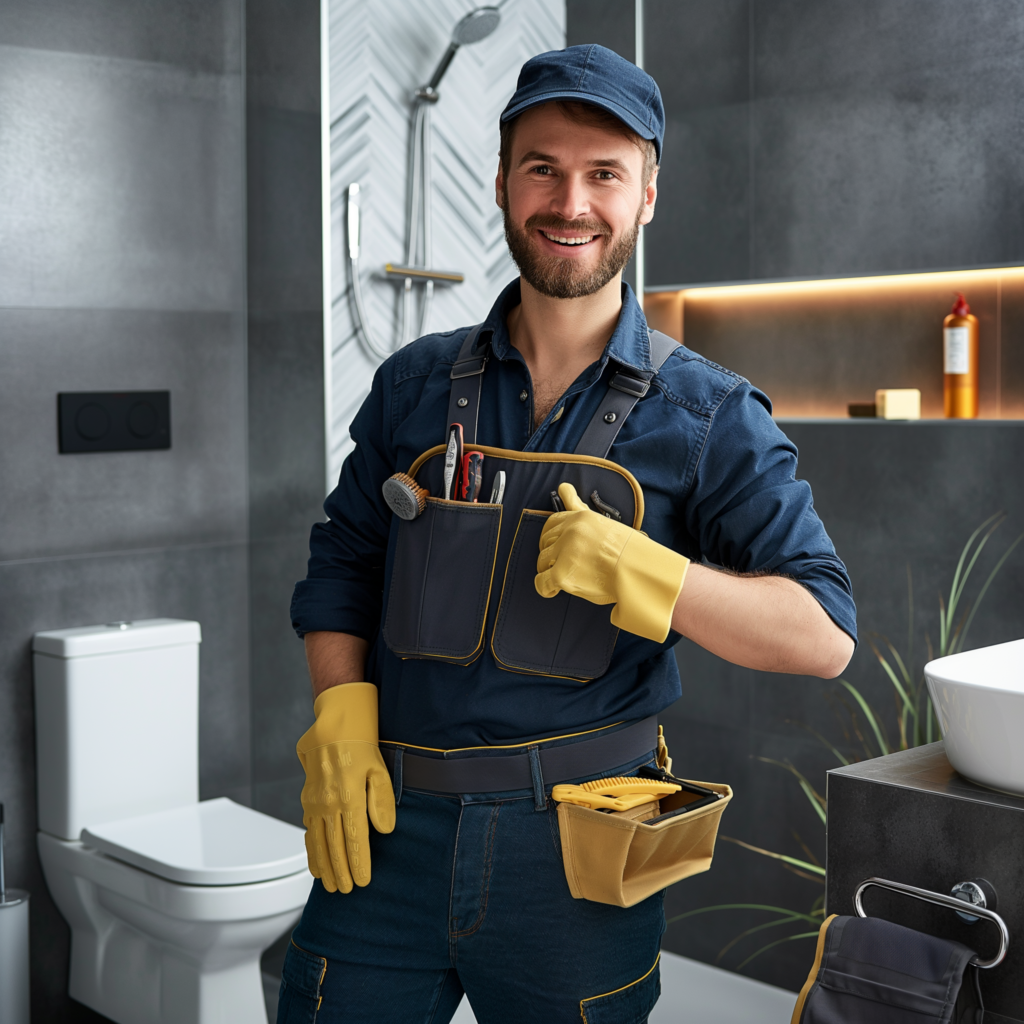
Even after you’ve tried to fix the issue, if the problem won’t go away, it’s probably time to get some professional help.
- Persistent Issues: If you keep seeing bubbles no matter what you do, it looks like you need an expert.
- Multifixture Blockage: Having more than one drain clogged usually means there’s a big block somewhere deep down.
- Critical Vent Problems: When you can’t get to or fix vent stack problems, it’s better to call someone who knows what they’re doing.
- Risk of Damage: You could wreck your pipes using chemicals or trying to snake them yourself. Plumbers have the right tools and know-how to do the job without messing things up.
In short, if you’re not sure about fixing it yourself or there’s no change for the better, get on the phone with a plumber. They’ll fix your toilet bubbles safely and effectively.
Easy Toilet Upkeep to Stop Bubbles
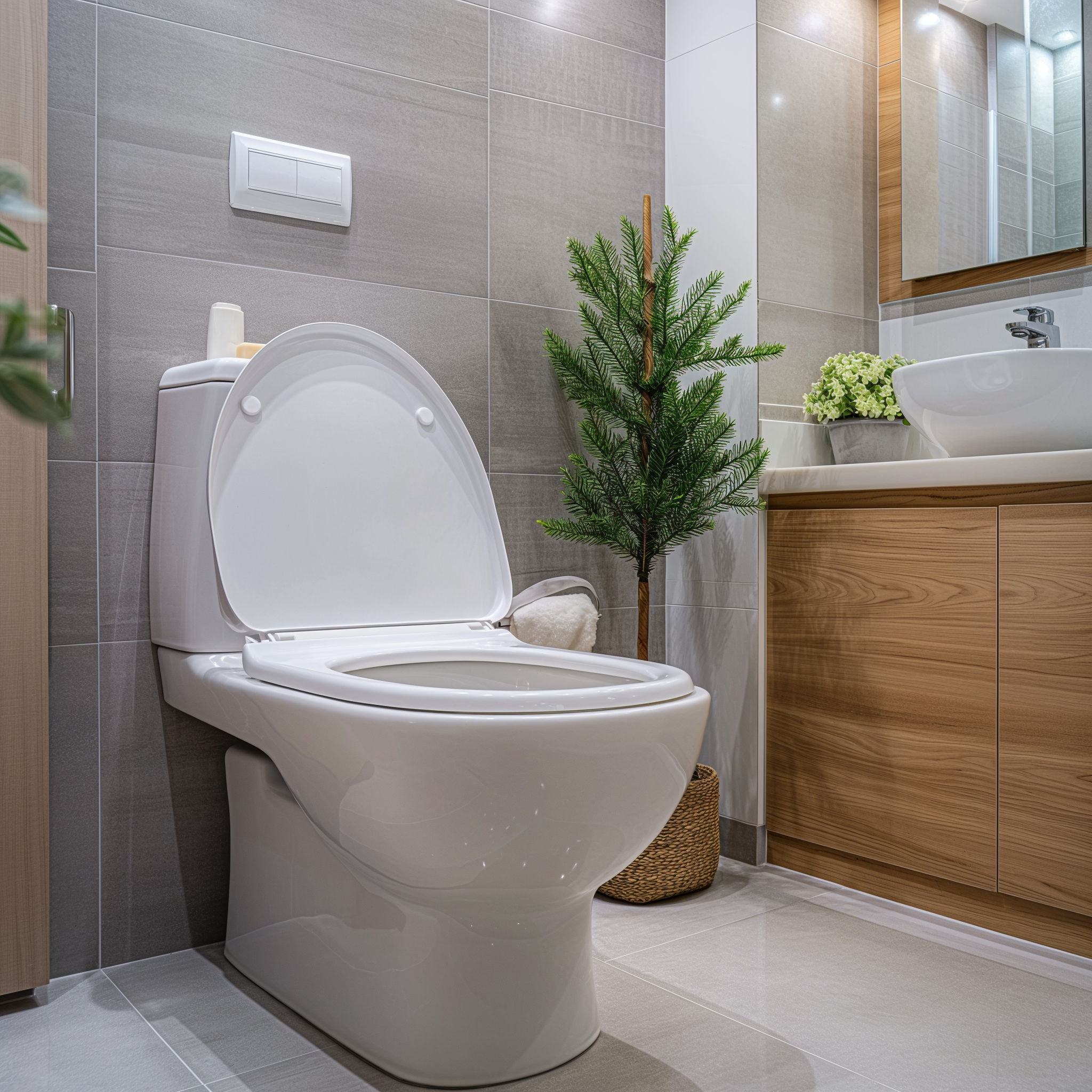
Keeping your toilet in good shape is crucial for it to work right. If you check on it often, you can stop bubbling issues before they happen. Here’s what you should do:
- Be careful with flushing: Stick to flushing only pee, poop, and toilet paper. Tossing other things down there could lead to a clog and bubbles.
- Clean often: By cleaning your toilet regularly, you avoid gunk that might block it up. You don’t need harsh cleaners to keep it sparkling.
- Check the parts: Every now and then, take a peek at the flapper and fill valve to ensure they aren’t breaking down.
- Skip harsh chemicals: Harsh chemical cleaners may hurt your pipes if you use them a lot, and they could bring more trouble than benefits.
Top Tips for Keeping Your Septic System in Shape
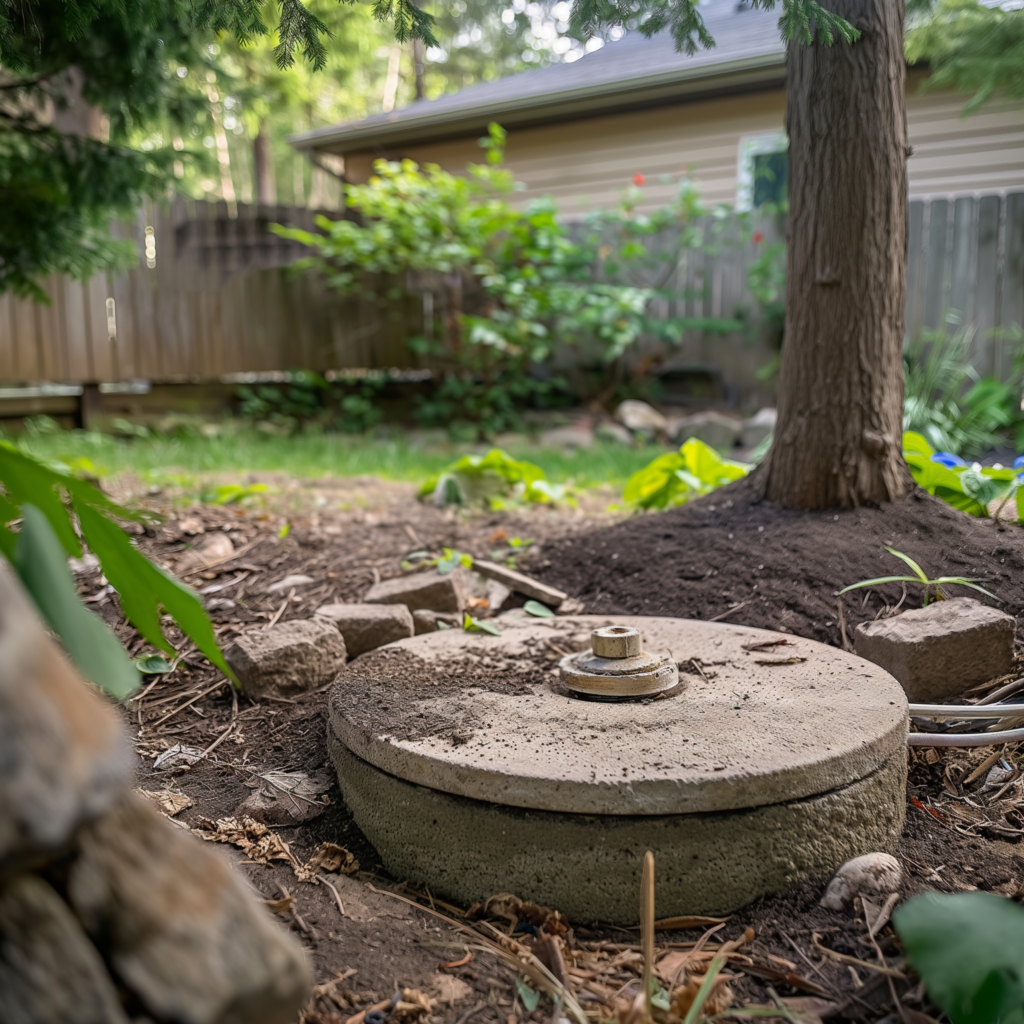
If you look after your septic system properly, it’ll look after you. Stick to these simple rules to keep it working smoothly:
- Empty it now and then: Call the pros to pump out your septic tank every three to five years.
- Keep an eye on water use: Overloading your system with water can be a problem. Try to do laundry on different days and if there’s a leak, get onto it quick.
- Watch what you flush: Stuff that doesn’t break down easily shouldn’t go down your toilet. It could cause blockages.
- Look after the drain field: Make sure trees are planted far from it and stay off it with vehicles to avoid messing up the parts underground.
Ways to Maintain Your Toilet Long-Term
To stop the same toilet issues from happening again, look into these long-term methods:
- Get a new toilet: If yours is getting on in years or doesn’t work well, getting a new one might save you plumbing headaches later on.
- Check the main line: Every so often, get a plumber to check and clean out your main sewer line to stop clogs that lead to bubbling.
- Bigger pipes: If your pipes are too small, consider getting larger ones to make things flow better and reduce clog risks.
Regular upkeep and attention are key to a trouble-free toilet. Follow these steps to keep your home’s plumbing in tip-top shape!
Contact Information for Plumbing Professionals
If you’re unsure or not into fixing things yourself, calling professional plumbers is the smart move. Search for local experts and look over their ratings or get opinions from friends. Keep the contact info of a trusted plumber near at hand, especially for urgent situations. They have the tools and expertise to sort out your plumbing problems quickly.

I’m Tim Robberts, a seasoned wastewater treatment & septic system expert with over 40 years of experience in the field. My career began as a septic tank installer, and I quickly gained a reputation for my attention to detail and commitment to excellence. Over the years, I’ve honed my skills in designing, installing, and maintaining septic systems for residential and commercial properties.
